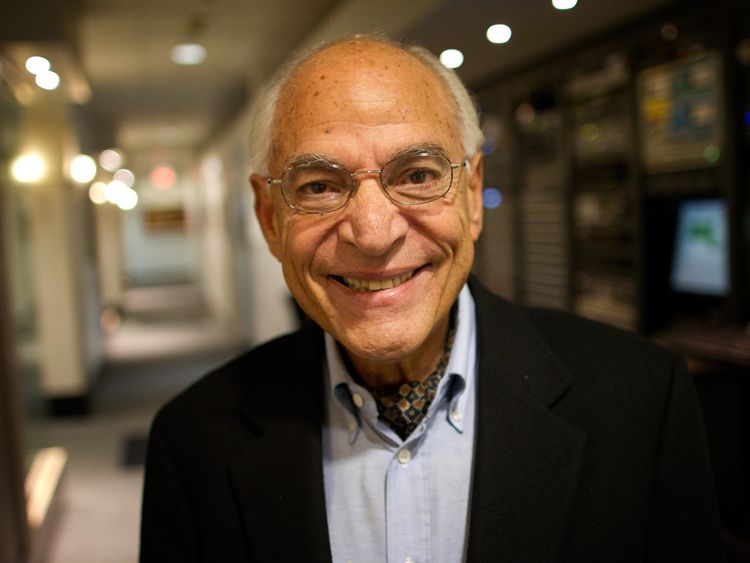Mercury, the Sun’s closest neighbour, has been photographed for the first time by a European-Japanese spacecraft.
The BepiColombo project made the first of six flybys of Mercury on Friday at 11:34 p.m. GMT, utilising the planet’s gravity to slow the spacecraft down, according to the European Space Agency.
The spacecraft took a low-resolution black-and-white photo with one of its monitoring cameras after swooping by Mercury at altitudes of less than 200 kilometres (125 miles).
The obtained image, according to the ESA, displays the Northern Hemisphere and Mercury’s distinctive pock-marked features, including the 166-kilometer-wide (103-mile-wide) Lermontov crater.
“The flyby was flawless from the spacecraft point of view, and it’s incredible to finally see our target planet,” said Elsa Montagnon, spacecraft operations manager for the mission.
In 2018, ESA and the Japan Aerospace Exploration Agency launched a combined mission to the solar system’s smallest planet, passing Earth once and Venus twice on its way there.

The BepiColombo project, according to the European Space Agency, would investigate all elements of Mercury, from its core to surface processes, magnetic field, and exosphere, in order to “better comprehend the creation and evolution of a planet close to its parent star.”
By the end of 2025, the programme hopes to have two probes in Mercury’s orbit.
The spacecraft could not be delivered directly to the planet because the Sun’s gravitational pull is so powerful that a massive braking manoeuvre would be required to effectively deposit the satellite, costing too much fuel for a ship of this size.
The gravitational assistance provided by the Earth and Venus allows it to slow down ‘naturally’ during its trip.
BepiColombo needs five more flybys to slow down enough to release ESA’s Mercury Planetary Orbiter and JAXA’s Mercury Magnetospheric Orbiter.
The successful flyover was described as a “amazing occasion” by Farouk El Baz, a space scientist at Boston University.

“It’s wonderful because of the fact that we used the gravitational pull of Mercury to put the spacecraft close enough so that we can see the pictures,” he told Al Jazeera.
“We have not been there for a long time and only two missions visited Mercury before, so we are expecting a great deal of information. We know that there is probably some leftover water, tiny amounts in the polar regions, in areas that never see the sun. But we are not sure about that,” he said.
“We hope this mission will give us a look at whether or not there is a little bit of water in the polar regions, where they never see the sun, where it is cold, freezingly cold. But the planet moves around the sun very fast. It rotates around the sun in 88 days. So it is very different to other planets. So we need to know what it is made of, how did it develop, whether it has a gravitational field or not.”
The mission is named after Italian physicist Giuseppe “Bepi” Colombo, who is credited with helping to create the gravity assist maneuver that was first utilized by NASA’s Mariner 10 on its 1974 mission to Mercury.




